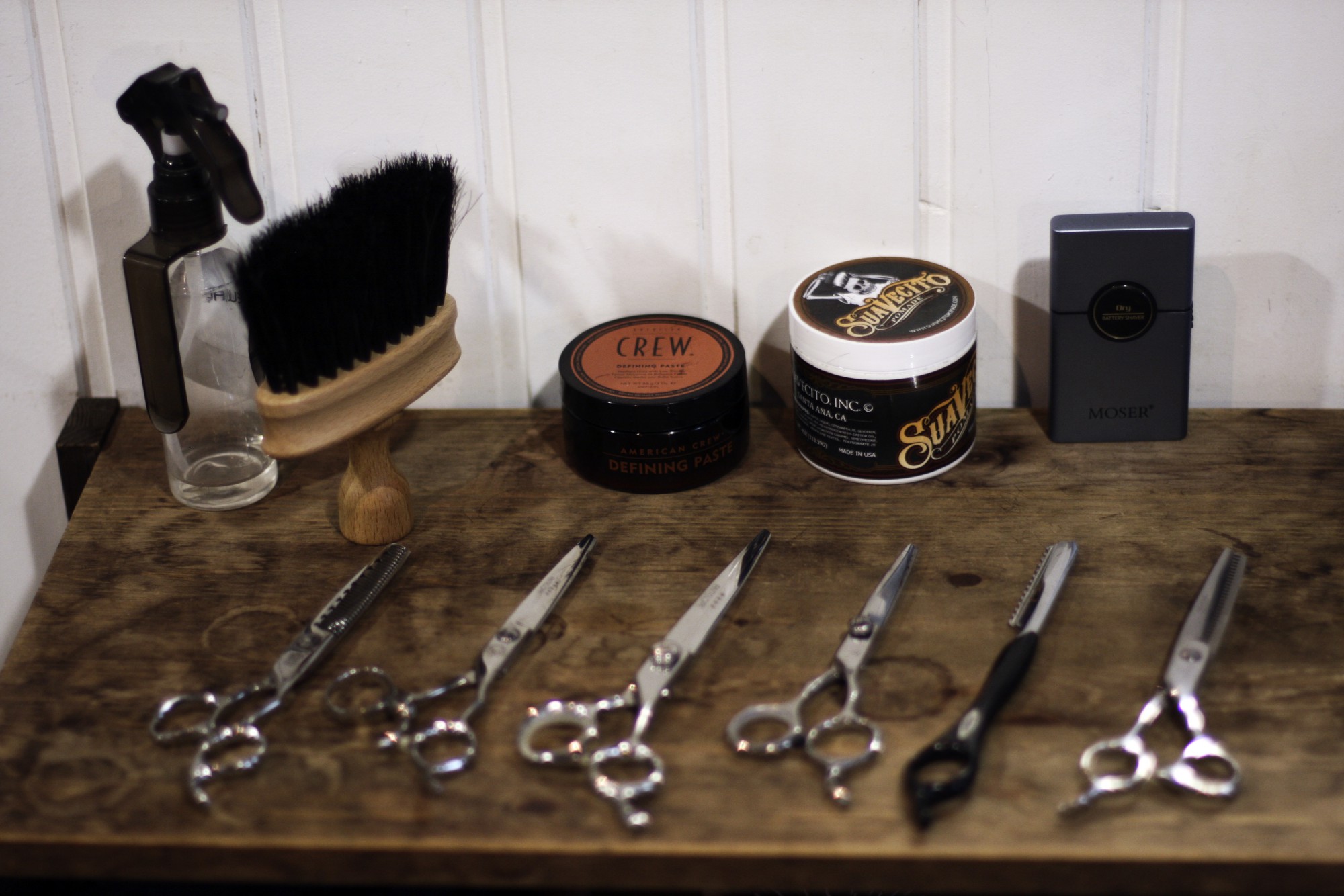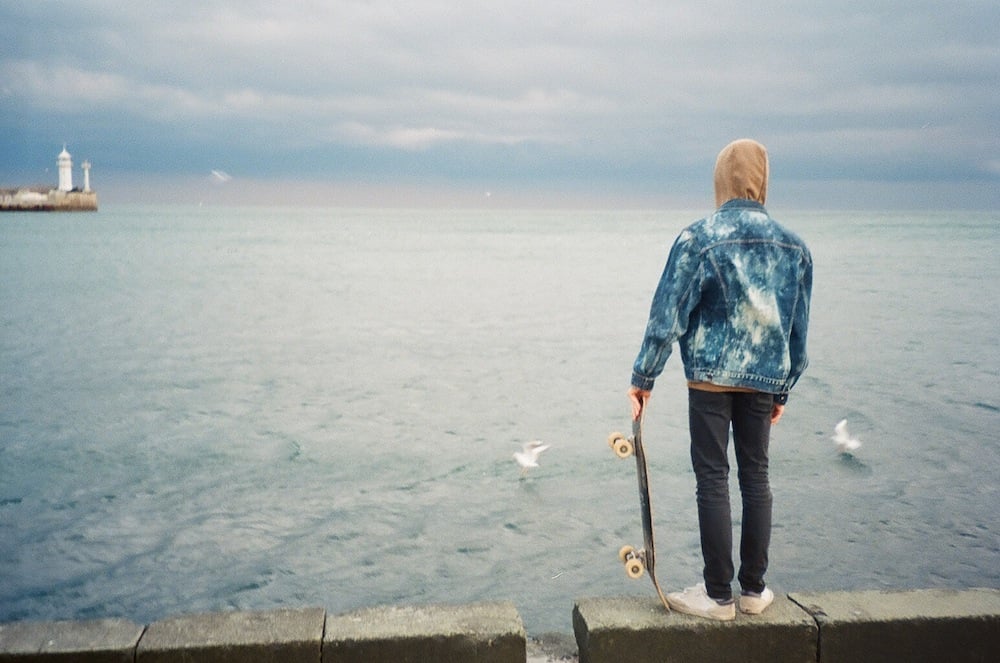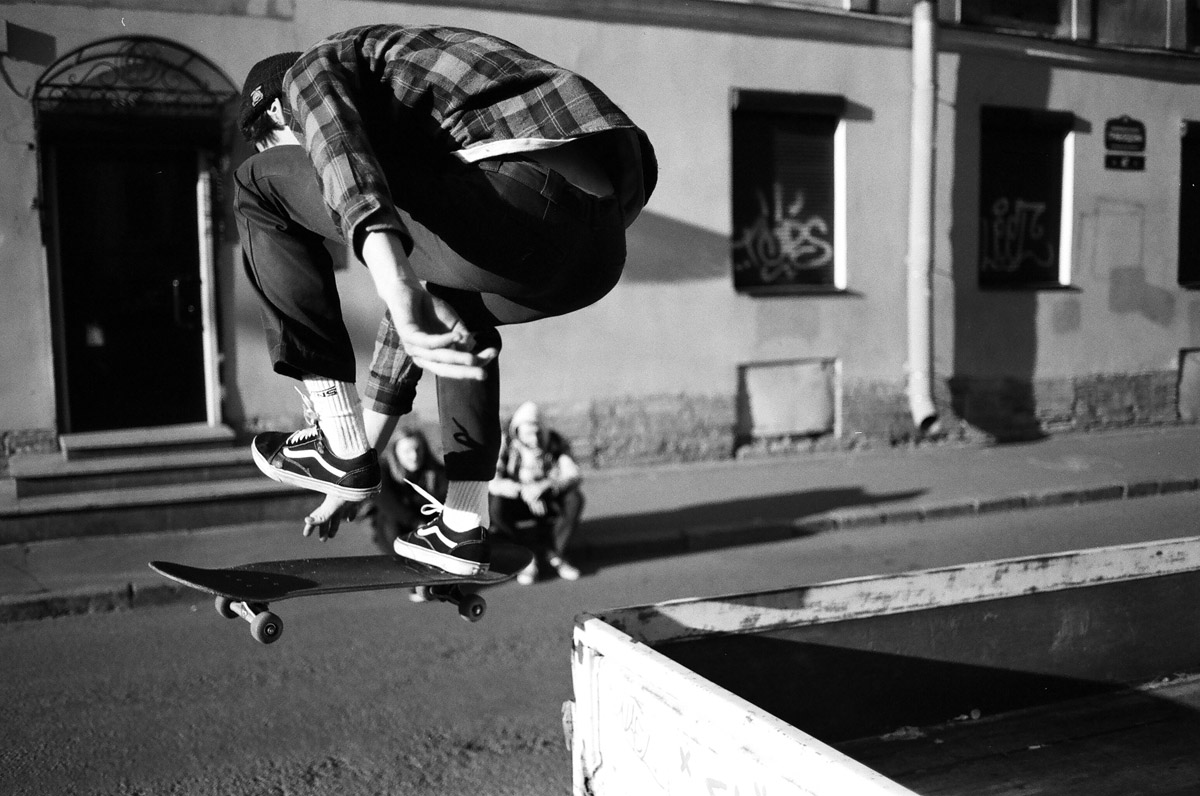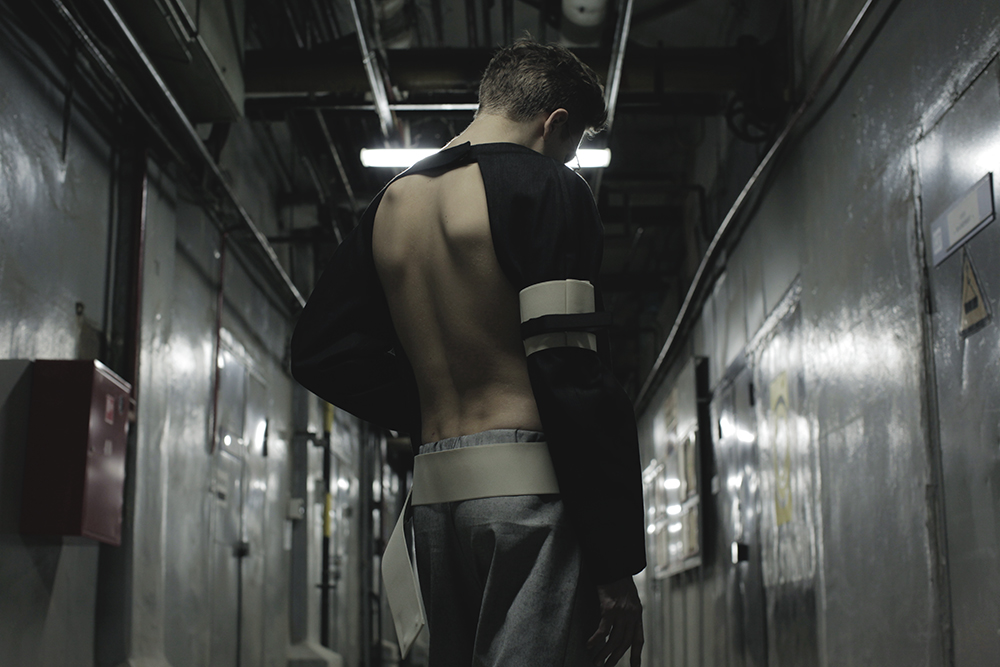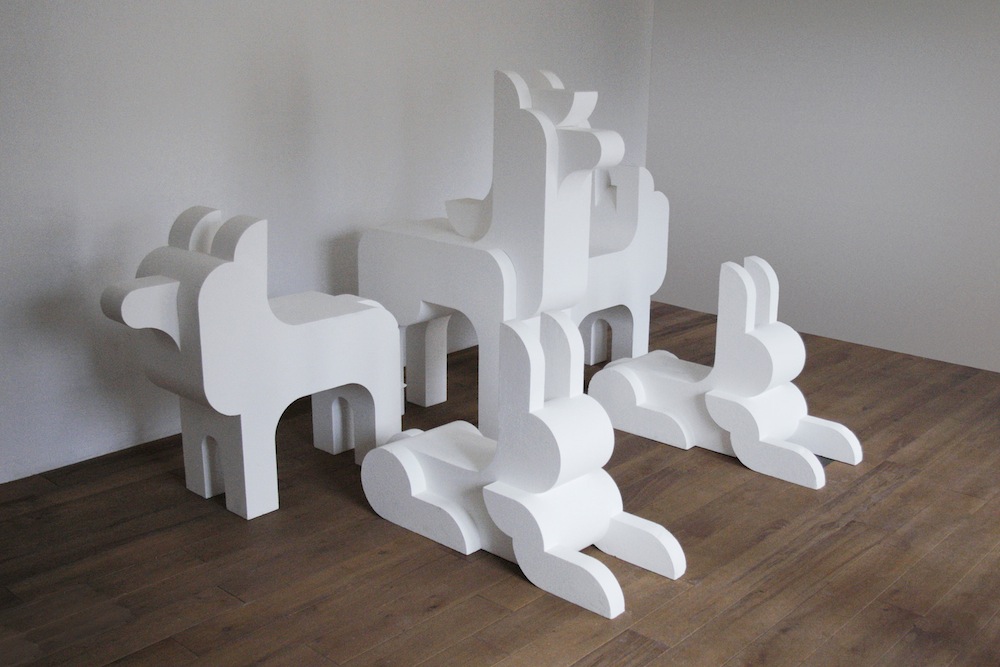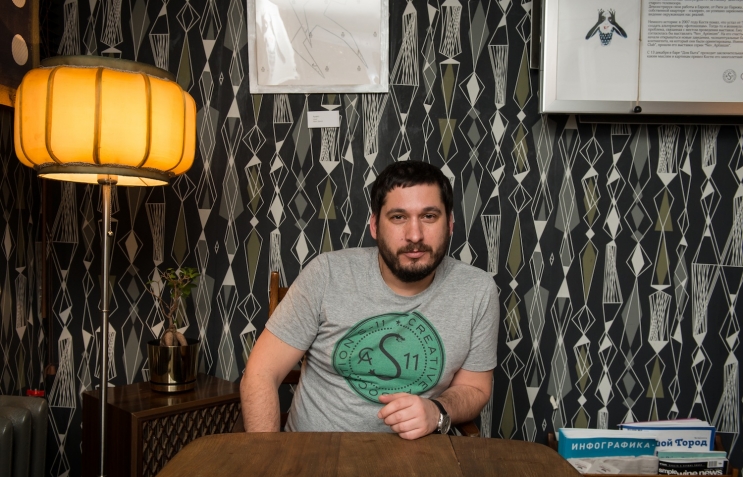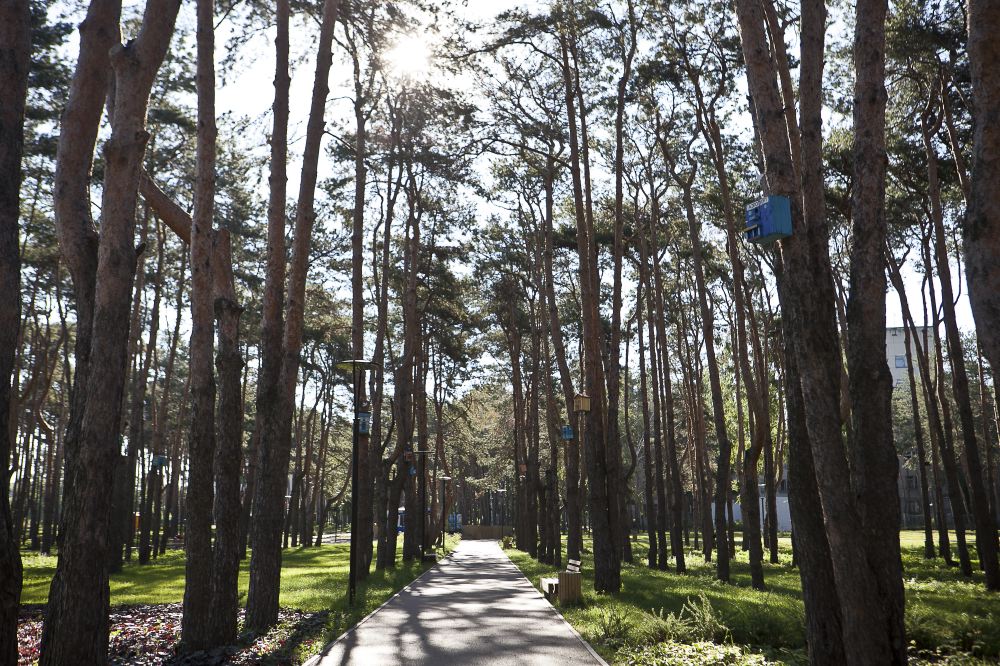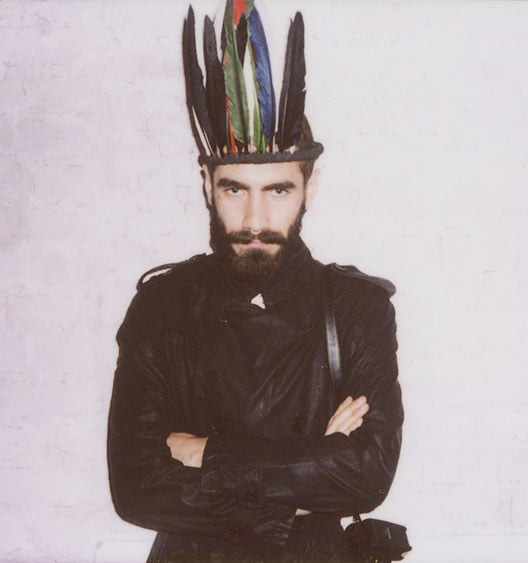Net gains: Moscow’s in-crowd is having a ball

Muscovites are going wild for ping-pong and a new club is at the centre of the craze
In a run-down car park in central Moscow, only a small sticker on a door, reading P.P.C.M, gives an indication of the city’s ultimate hang out — Ping Pong Club Moscow.
If you don’t know about P.P.C.M, you’ll probably never find out about it — most likely because you’re not cool enough. “We’re cool in every sense of the word,” says Daria Yastrubitskaya, co-founder of the club. “We’re just having a good time and we want people to have a good time with us. If you want to play, play. If you want to hang out, hang out. That’s all we’re about.”
Ping-pong was banned in the Soviet Union in the Thirties and Forties, supposedly for fear it could damage eyesight. But it became a hugely popular sport in the latter decades of the Communist regime. After a dip in the Nineties, it has had somewhat of a revival in recent years. So much so that you might struggle to find offices in Moscow today without a table tennis table or an organised tournament. Motivated by the social aspects of the sport, Yastrubitskaya set up P.P.C.M. with high profile Moscow fashion photographer Alexey Kiselev a few years ago. Inside their artfully dishevelled space, there is room for three tables, table football and a TV for playing Mortal Kombat and Fifa.

Photograph: Nikolay Zverkov
The club was originally located at Flacon, a sprawling arts complex in the northern suburbs of the capital but last year they moved. As they put it, they wanted to be at the very centre of Moscow’s “creative class”. Their new location in Red October, the former chocolate factory-turned-creative cluster, puts them at the very heart of Russia’s new creative boom. The studios of Rain TV, the television channel beloved of Russia’s liberal elite are across the car park, and just around the corner is the Strelka Institute, the urbanism studies centre whose curriculum was designed by Rem Koolhaas. They may be underground, but P.P.C.M. certainly likes to be seen as part of the new establishment.
Last summer the club organised a tournament at Strelka comprising only the hippest teams — Obey clothing, Solyanka bar, Fred Perry and Chop-Chop, the Brooklyn-style barbershop, among others. They’ve also been asked by the city authorities to help run the ping-pong tables in Gorky Park, the Stalinist-era recreation ground that’s recently been revitalised to become one of Moscow’s most fashionable hangouts. The mix of the old men who’ve played table tennis in the park for decades with arriviste hipsters makes for the ultimate Instagram photos.

Photograph: Stas Zalesov
Ultimately, insists Yastrubitskaya, Moscow’s new love of ping-pong is down to the fact that, whatever the background or age of players, everyone is equal across a table: “It’s still pretty underground but we’re not just teenagers and hipsters — we attract keen adult players too. We’re about having a good time, drinking tea and partying.”
